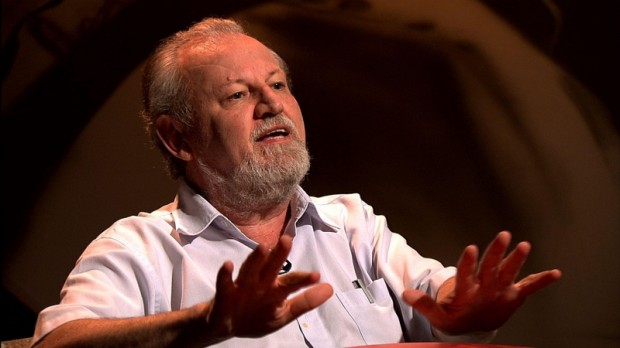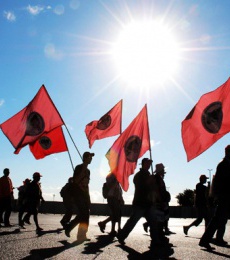Peasants occupy Monsanto facility complex in the city of Petrolina
 Last Tuesday morning (10/15), 5000 peasants, members of the MPA (The Small Farmers Movement), occupied Monsanto’s 36th Research Unit located at the Nilo Coelho irrigation district in Petrolina, in the northeast of Brazil.
Last Tuesday morning (10/15), 5000 peasants, members of the MPA (The Small Farmers Movement), occupied Monsanto’s 36th Research Unit located at the Nilo Coelho irrigation district in Petrolina, in the northeast of Brazil.

 On Friday July 5, rural organizations and social movements met with President Dilma Rousseff in the Planalto Palace in Brasilia. They demanded more flexibility and less bureaucracy in carrying out policies in the countryside. “It is necessary and urgent for the government to get rid of bureaucracy.
On Friday July 5, rural organizations and social movements met with President Dilma Rousseff in the Planalto Palace in Brasilia. They demanded more flexibility and less bureaucracy in carrying out policies in the countryside. “It is necessary and urgent for the government to get rid of bureaucracy. azilian society faces, in the rural milieu, distinct problems needing different solutions. We have serious problems and emergencies that require urgent action. There are about 150,000 families of landless laborers living under black tarps, camping, fighting for the rights that are in the Constitution to have land to work. For this problem, the government needs to do a real joint effort among the various agencies and settle the families in lands that exist in abundance throughout the country. Remember that Brazil uses for agriculture only 10% of its total area.
azilian society faces, in the rural milieu, distinct problems needing different solutions. We have serious problems and emergencies that require urgent action. There are about 150,000 families of landless laborers living under black tarps, camping, fighting for the rights that are in the Constitution to have land to work. For this problem, the government needs to do a real joint effort among the various agencies and settle the families in lands that exist in abundance throughout the country. Remember that Brazil uses for agriculture only 10% of its total area. By Luiz Zarref
By Luiz Zarref
 By Vivian Fernandes
By Vivian Fernandes